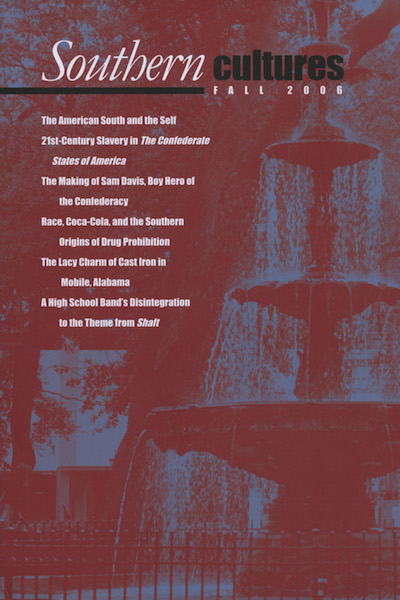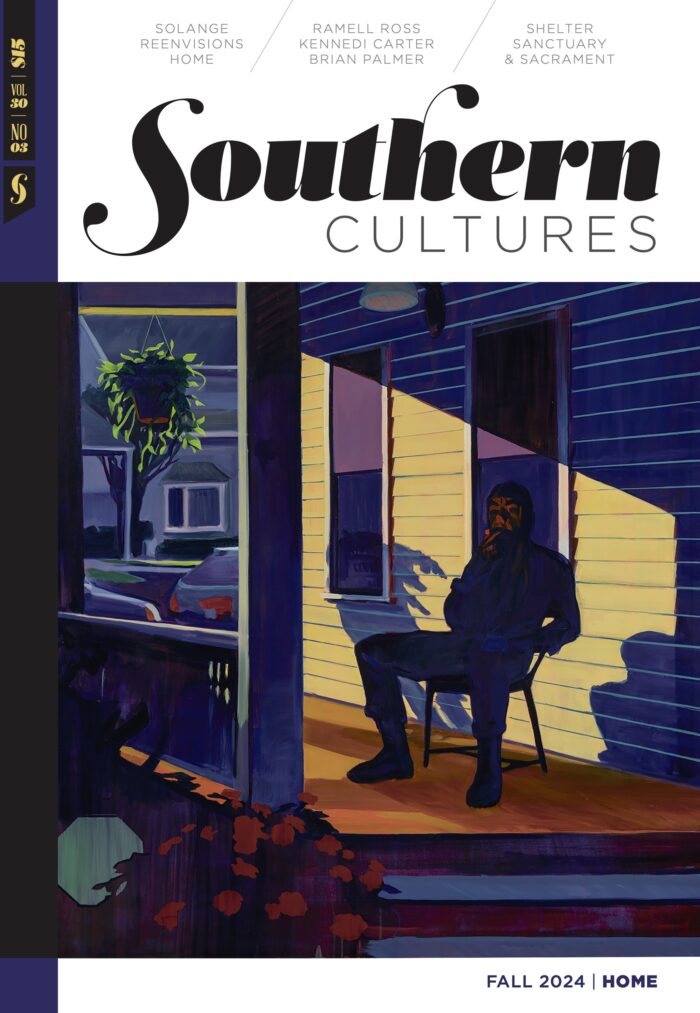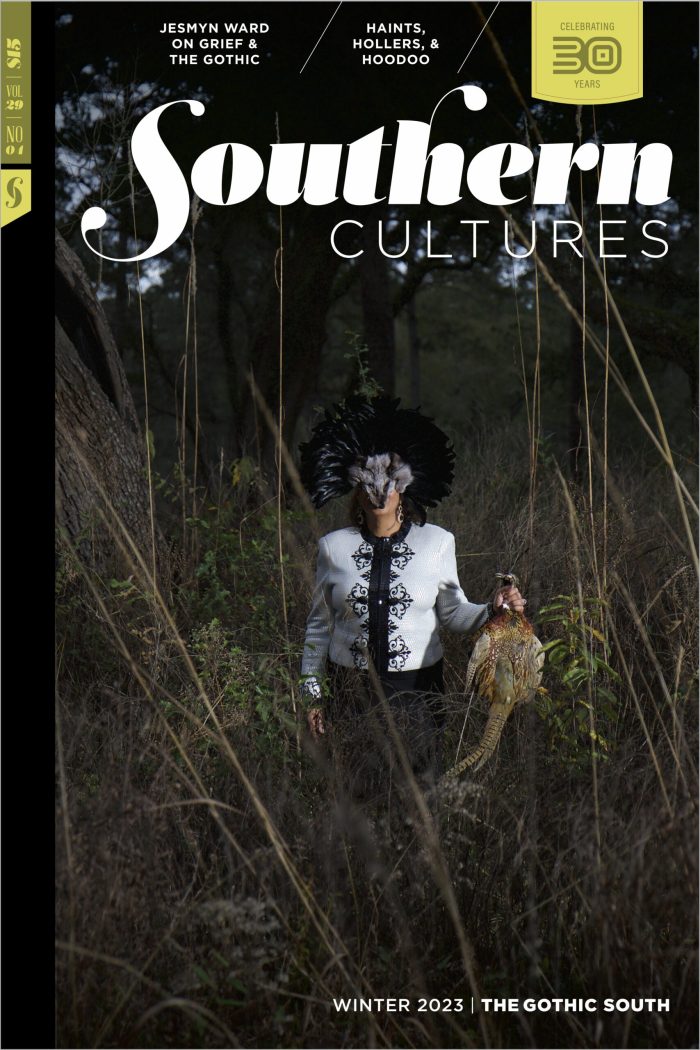by Harry L. Watson
“What is it that makes people think of themselves as southerners? It isn’t just birth.” Aside from moonlight and magnolias, there can’t be many things more stereotypically southern than frilly ornamental ironwork veiling the balconies around some timeless antebellum square. In truth, only a few places in the South are famous for such vistas—Charleston, New »
Essay
by Larry J. Griffith
“Just as the history of the South is contradictory and contested, so too, is the identity of southerners.” Each region of the United States has a particular identity hewn from history and culture. Yet none is as distinctive as the American South, and none has been imbued with such historical weight in the nation’s making »
by Edward John Harcourt
“Today, you can even get married at the Sam Davis home. Apparently some couples see no irony in tying the knot at a shrine to a lost cause.” On a recent Confederate Memorial Day at the Tennessee State Capitol, the General Joseph E. Johnston Camp No. 28, Sons of Confederate Veterans (SCV), performed a pathetic »
by Michael M. Cohen
“‘You could buy all the dope you wanted in the drug store. Just ask for it, and you got it.'” At the end of the nineteenth century, the U.S. hunger for narcotics and cocaine was so notorious that one leading public-health official declared, “We are the drug-habit nation.”1 Today, Americans lustfully—if schizophrenically—consume huge quantities of »
by John S. Sledge,
Sheila Hagler
“Virtually every American city accessible by water had some ornamental cast iron, but it was nowhere more exuberantly employed than in the Deep South.” Visitors frequently refer to Mobile’s historic ironwork as wrought iron, but the majority of it is cast iron. Cast iron, cheap and easy to produce in an infinite variety of shapes »
by Trudier Harris
“Are blacks to be proud of the film? Or is it just an expansive, self-indulgent joke that goes on too long?” C.S.A.: The Confederate States of America, conceived and filmed by Kevin Willmott and presented by Spike Lee, is a mockumentary—that is, a film designed to spoof various historical television documentaries, especially work in the »
by Michael Parker
“Now we were about to premiere, for an audience suspecting more anemic halftime show standards, the hottest jam of the Black Moses, Mr. Hot Buttered Soul himself.” Butterball Thompson’s the one forgot to pivot right that fateful night, wedging our lameass squad right up into the foursome of skinny flutists stopped in front of us »
by Dale Volberg Reed
University of North Carolina Press, 2010 Growing up in East Tennessee I hardly knew any Jews, or hardly knew I knew any. Lacking the usual stereotypes, I didn’t know, for example, that the owner of the nicest men’s clothing store had both a name and an occupation that were most likely Jewish. When we spent »
by Stephen J. Whitfield
University Press of Florida, 2008 A glum paradox is embedded in the recent history of Florida. “I spent thirty years of my life trying to get people to move down there,” the former mayor of Orlando has recalled. “And then they all did.” In dreams begin responsibilities, which can lead to repercussions. The glad hand »
by Robert M. West
Duke University Press, 2005 It’s remarkable how often the national poetry establishment fails to celebrate the many fine southern poets writing today. Our poets win an oddly small number of major literary awards, and they appear in far too few anthologies of national scope. No informed person could seriously argue that contemporary southern poetry is »
by John E. Bodnar
Harvard University Press, 2008 Fitzhugh Brundage’s excellent book takes up the subject of public forms of remembering and commemoration in the South since the Civil War. He sees well that the region’s collective memory was implicated in a wider political struggle for power and identity that would favor whites over blacks. The inevitable clash of »
by Matt J. Zacharias Harper
University of North Carolina Press, 2007 If you think you understand how religion and race work in the South, then obviously no one has explained it to you properly. Lillian Smith tried to explain it in her 1949 Killers of the Dream: “We were taught . . . to love God, to love our white »





